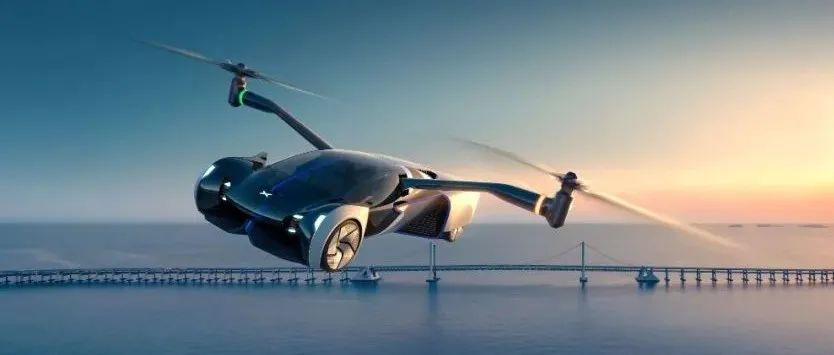Author: Erchai
“Our goal is to achieve mass production of flying cars by 2024.”
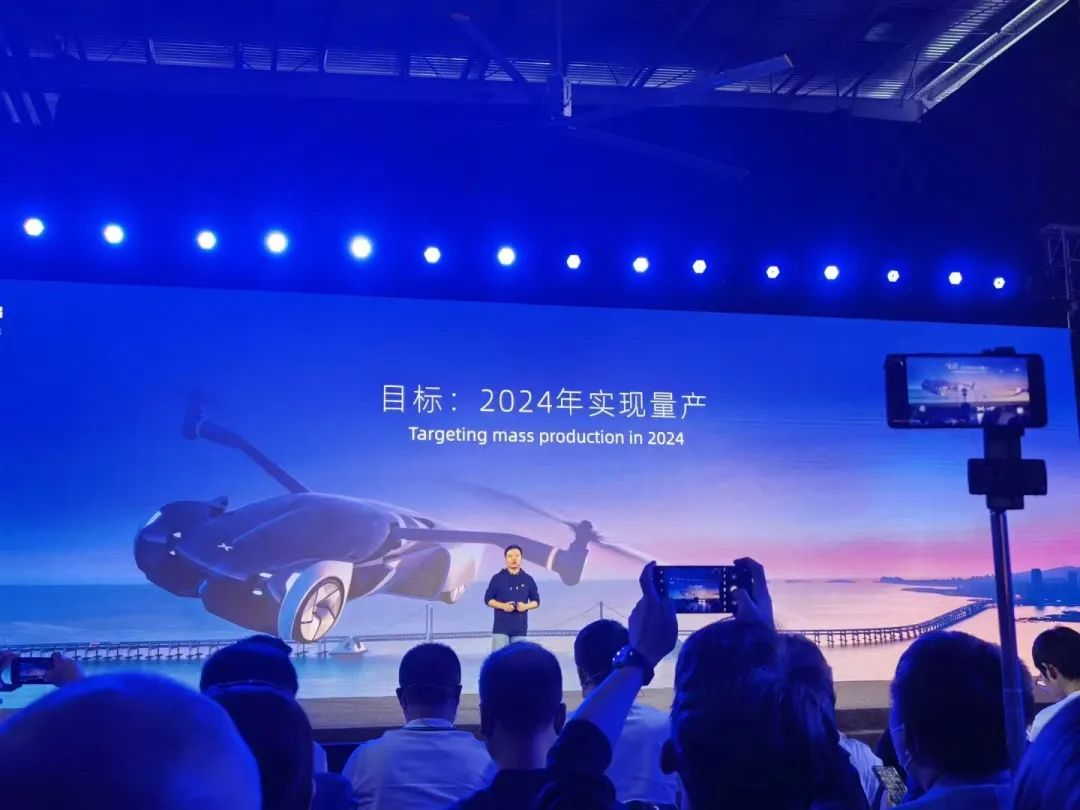
This is a firm statement by He XPeng at the XPeng Tech Day this weekend. He and his company have an inherent persistence and insistence on “flying cars”.
I remember that at this time last year, XPeng Motors unveiled a flying car called the Travel Car T1 at the auto show. It can carry two people to fly at 5-25 meters above the ground, which was a very cool concept.
However, at that time, people only regarded the flying car as a novelty. This time, He XPeng seems very serious. He not only wants to achieve mass production, but also wants to keep the price under 1 million yuan, the price of a 718 Boxster 25th Anniversary Edition.
Oh my god, guys. What’s the point of DJI.
If we put aside the inherent doubts and reservations about high-tech products produced at such events, the XPeng’s dual-purpose vehicle is still worth studying for its many good points.
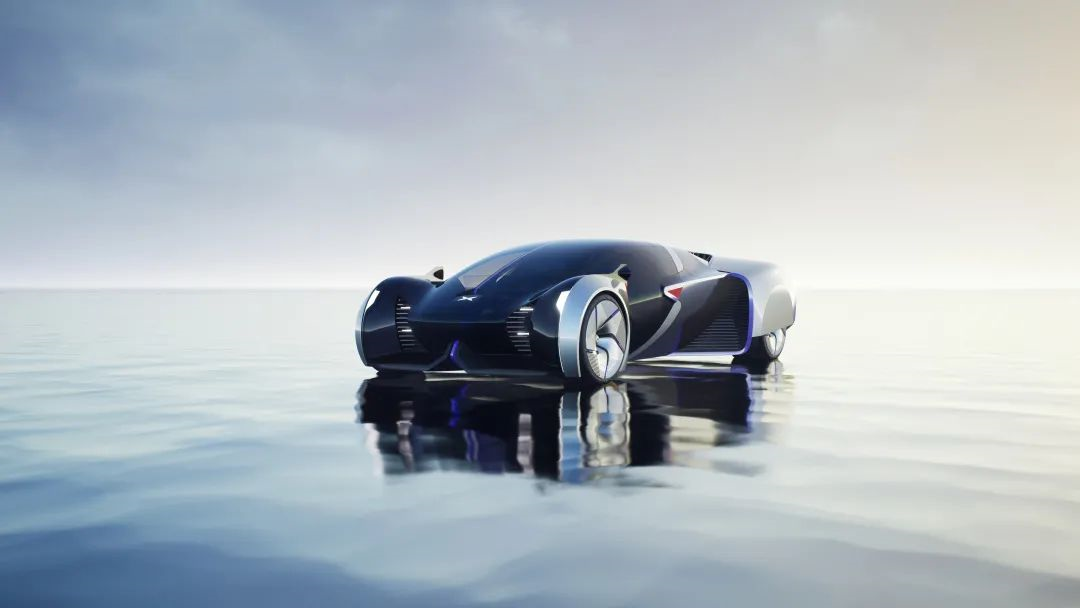
First of all, in terms of appearance, the designer must have put some thoughts into it. A sci-fi futuristic shape is essential. The glowing XPeng logo and brand new LED headlights, together with fully armed wheel arch shapes, give it a feel of the future of cars. Unlike the concept aircraft Travel Car R1 exhibited last year, this flying car retains the appearance of a car, rather than a low-altitude aircraft that looks like a car.
The propeller blades required for flight are folded in the door area, which has the most basic attribute of a car, that is, the ability to drive freely on public roads, and the company also requires it to have sufficient safety and driving quality. That is to say, this flying car is first and foremost a car, and secondly a low-altitude aircraft.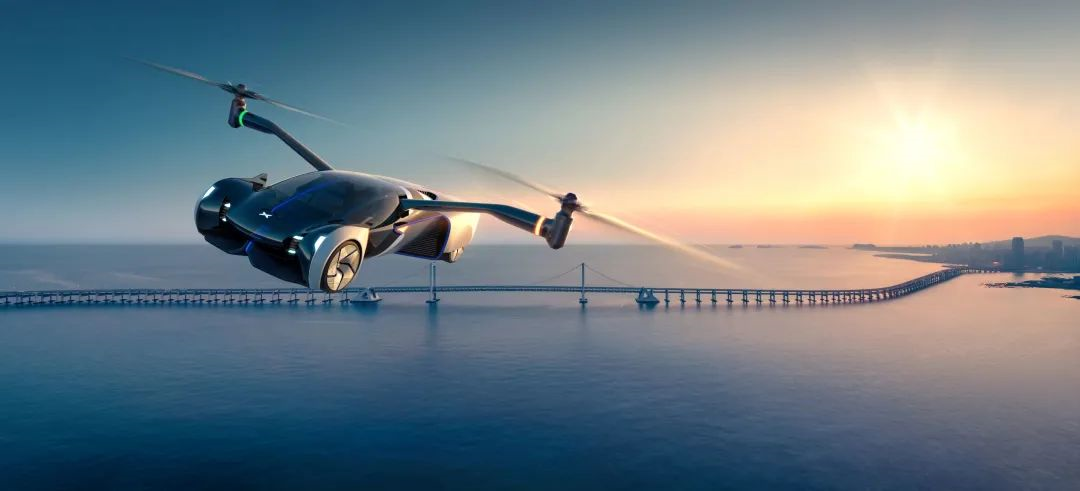
The size of this flying car is not much different from that of current cars. It is 4.98 meters long and 2.01 meters wide in ground mode, while 7.01 meters long and 12.2 meters wide in flight mode after opening the door and extending the folded propeller blades.
In terms of weight, this flying car uses a carbon fiber monocoque body and a large amount of aviation aluminum, magnesium alloy, and special glass. The batteries use high-energy density and high-discharge rate power batteries, and high-density power drive is utilized to reduce weight. After all, this thing is supposed to fly to the sky. It is too heavy to fall and hurt people. Its design weight is only half of Xpeng P7, which is less than a ton.
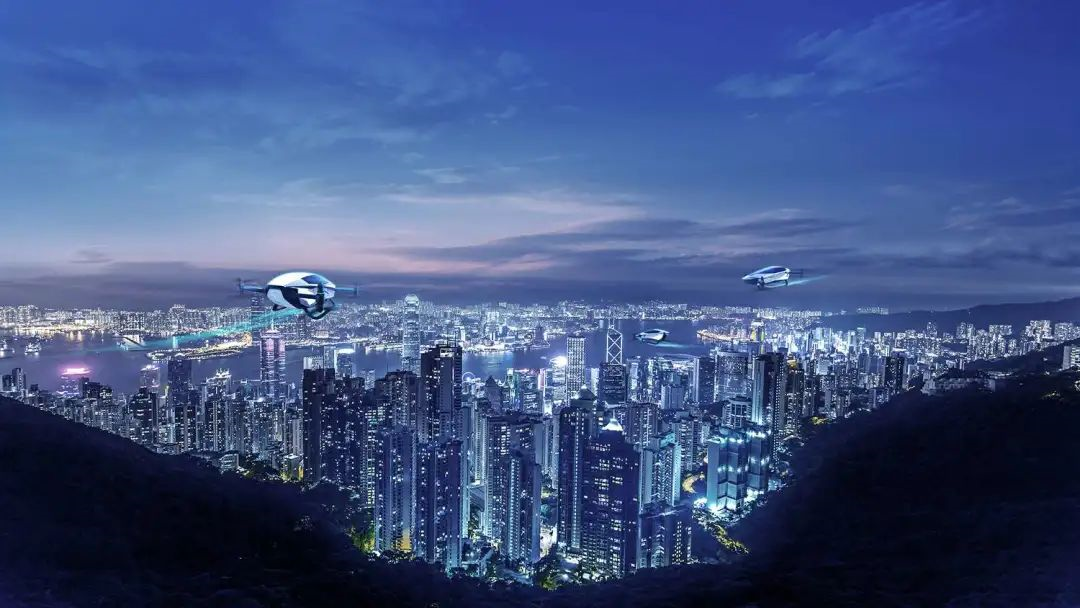
Although it is already much lighter than conventional cars in weight, the requirement for power batteries to tow such a big guy into the sky is not low, and weight reduction and endurance guarantee will be a problem.
As for how to operate this flying car, the official answer is simple: “The sixth-generation flying car is very easy to get started, and anyone who can drive can easily grasp it.” The specific control method is to use a steering wheel when driving on the ground and a decoupled single-rod operation method when flying. At the same time, the flight control system will assist the driver to execute driving intentions and reduce mistakes. It seems simple in concept, but really flying to the sky, with the continuous advancement of future social regulations, a flying license will definitely be necessary, and mastering technology and legally using technology are two different things.
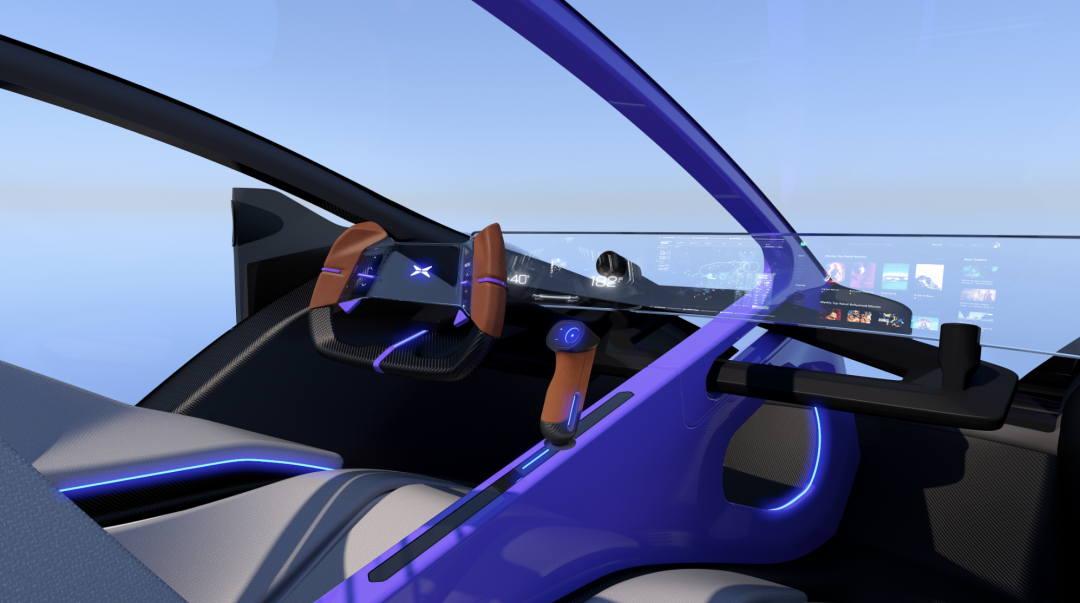
Xpeng’s concept design of this flying car is not limited to the design and driving levels, as to achieve great success, we should think deeply and make it more perfect. From the official introduction, this flying car can comprehensively detect the surrounding environment through the environmental awareness system before takeoff, provide safety evaluation of takeoff conditions in combination with meteorological information, and even evaluate the driver’s past driving behavior to timely unlock the flight function. It is bound to be more stringent than the takeoff of DJI’s drone.
At the same time, during takeoff, landing, and flight, the automatic driving system and flight control system will assist the driver in safe takeoff and landing and avoiding obstacles in the air based on driving intentions and the evaluation of the surrounding environment, just like the advanced driving assistance function that car companies are currently promoting. The flying car will also have flight auxiliary driving systems.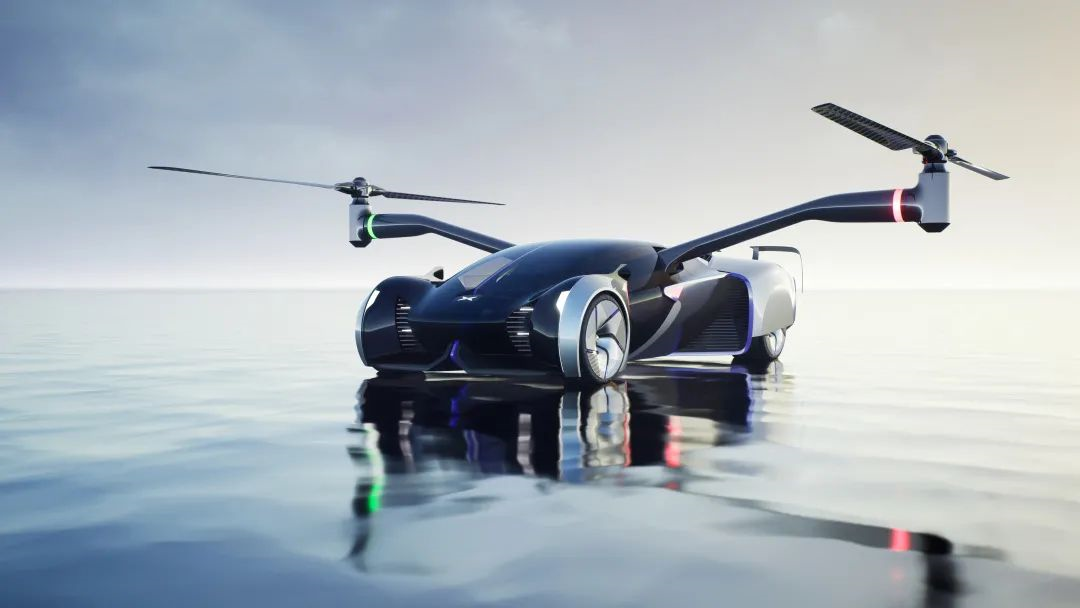
What if something goes wrong during operation and the car falls down?
No need to worry. Little PENG provides a distributed parachute system as a safety feature, and we believe that the long-awaited “ejection” button will be realized in this flying car.
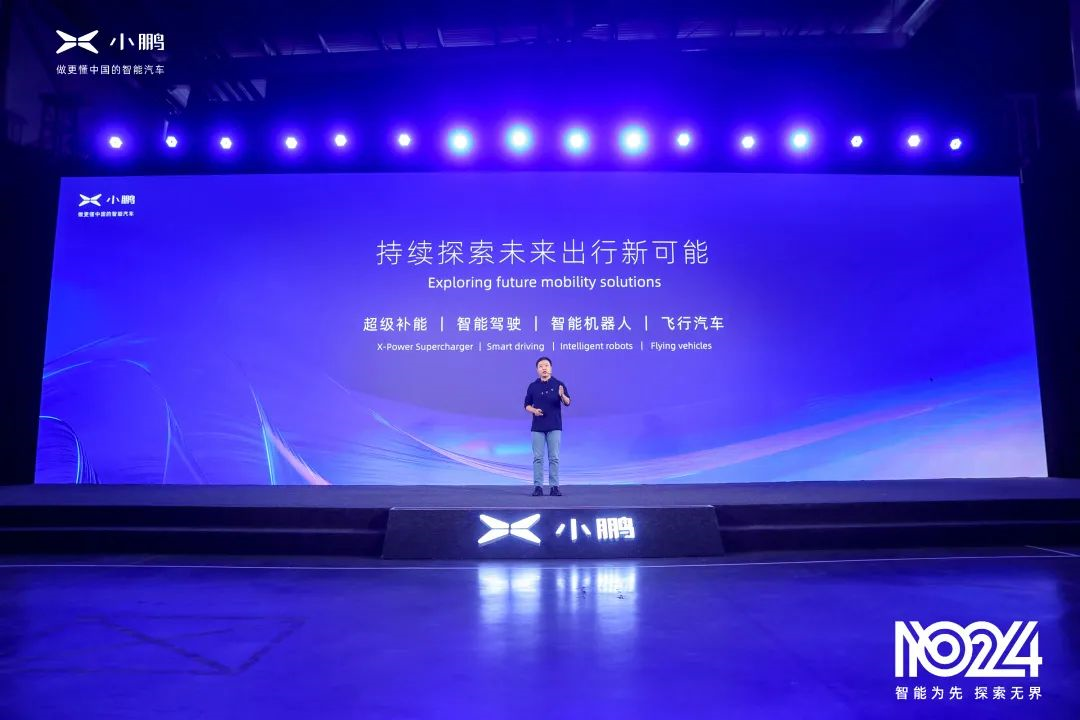
As the saying goes, science and art are two sides of a coin that should not be separated but cannot completely merge. The Little PENG flying car, with its romantic plot and technological support, needs to be viewed objectively. Although its conceptual design is very cool and its appearance is eye-catching, it must have many technical problems at this stage, such as power batteries, battery life, and regulatory approval.
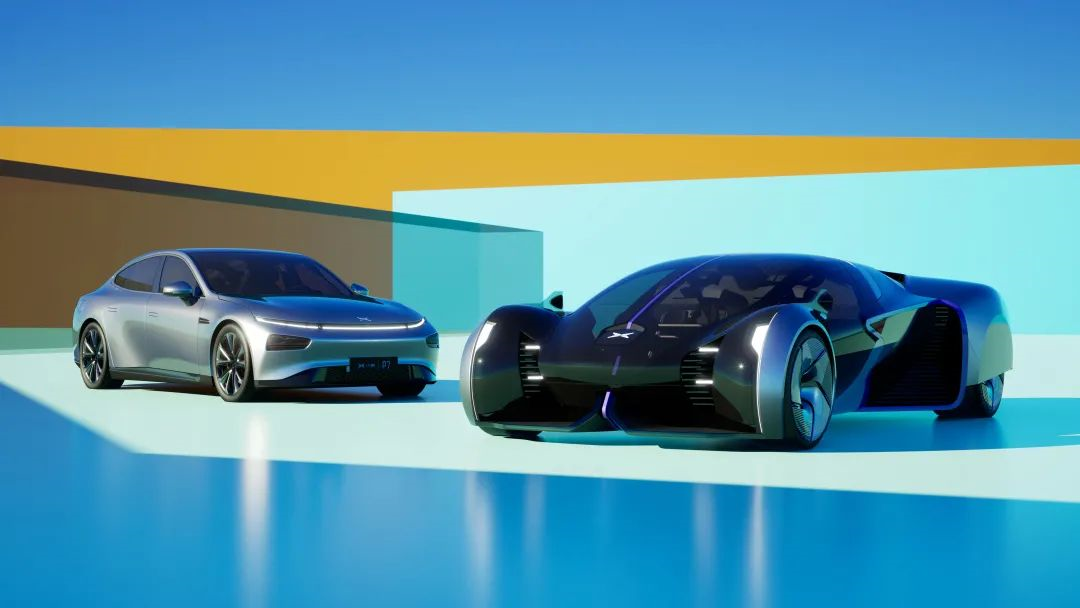
However, Little PENG’s ideal is grand. They hope to make Little PENG Aviation (Little PENG’s flying car company) the world’s leading manufacturer of low-altitude manned flight equipment. As for Mr. He XPeng himself, he is full of confidence in this flying car. He said, “We never make concept or display cars. All of our explorations are for mass production, thus changing our smart travel life. Gazing at the stars depends on being down-to-earth.”
This is not a concept or display car, but something to be mass-produced. These two key pieces of information give a chance for what we bragged about earlier to come true, and this reality won’t be too far away, only three years. Let us wait and see whether Little PENG can mass-produce this flying car in three years.
This article is a translation by ChatGPT of a Chinese report from 42HOW. If you have any questions about it, please email bd@42how.com.
